An original watercolor by Wladyslaw Brzosko depicts an artist painting nude models. Wladyslaw lived from 1912 to 2011 and had an active painting career. Colors are soft but defined. Framed in a gold wooden frame and double matted.
Measures overall 25” x 30” and painting 23” x 17”. Plexiglass front. The painting is in very good condition, slight wear to corners of frame; see photos.
Wladyslaw Brzosko (1912 – 2011) Born in Siberia on October 23, around 1912. He was a third child of a Polish prisoner exiled by the Russian Czar. Following the Bolshevik uprising in 1917, Brzosko’s family was freed, and he traveled with his father to Vladivostok, Tokyo and Northern China.
It was on a visit to a museum in Vladivostok that Brzosko viewed his first oil paintings. Upon seeing the marine paintings by Aivazovski, he declared “I will be an artist.” His father engaged a Chinese art teacher to begin training Brzosko when he was about 7 or 8 years old.
In 1923, Brzosko moved with his family to Poland where he finished his education. Against his father’s wishes, Brzosko chose to attend the Academy of Art in Warsaw, instead of pursuing a career as an architect. His father promptly disowned him, but an uncle, supportive of his endeavors, helped him obtain a position teaching sports and athletics in a boarding school to help him pay for his own artistic education. Brzosko trained at the Warsaw Academy of Art between 1932 and 1938 under professors Skoczylas and Kotarbinski.
His early career was interrupted in 1939 by the invasion of Poland, and he joined the Polish Army. During the war, Brzosko was a member of the Polish Home Army (Armia Krajowa), working undercover in the forests. Despite the war and the risk of discovery, he managed to maintain homes in Sopot and Warsaw and was able to help several Jewish families to flee or hide, thus surviving the Holocaust. Names of these families have been provided to Yad Vashem.
At war’s end, with the capital city, Warsaw, and much of the nation decimated by long years of tank and air bombardment, Brzosko began a career as an architect/conservator in the three northern states of Szczecin, Gdansk, and Olsztyn. He served as a conservator of art for major museums and churches, ordering repairs and restorations of buildings and monuments as well as storage of artworks that were at risk.
In 1956, Brzosko moved to France and then to the United States in 1960. Upon his arrival in New York, his first goal was to complete a series of paintings about the April 1943 Warsaw Ghetto Uprising, an event he says he could not get permission from the artists’ union to paint in Poland. The project evolved through many charcoal and watercolor sketches, resulting in four major oil paintings, called simply Blue Canvas (canvas I), Yellow Canvas (canvas III), Korczak (canvas II) and Umschlagplatz (canvas IV). On each canvas a multitude of people huddle or fight in war tableaus against the backdrop of the burning city.
The series was nearly complete by 1967 when three of the canvases, the Blue (named by art historian, Alfred Werner, “Warsaw Ghetto Recollections”) and the Yellow (which Dr. Werner called “The Final Struggle”), as well as the tribute to Janusz Korczak, were exhibited along with about 30 drawings and watercolors from the series, at the Herzl Gallery in the Jewish Agency Building on Park Avenue in New York (April 1967). Dr. Alfred Werner, an art historian and contributor to the journal Art News, wrote in the introductory brochure for the exhibition “…the impact of the drama is felt and the artist has captured the essence of a great moment in history.”
In 1975 Brzosko’s portrait of Copernicus (Nicolai Kopernik) was exhibited at the Smithsonian Institution symposium celebrating Copernicus’ 500th birthday.
In 1984, he received a gold medal for his painting Artist in the Studio, exhibited at the Salon des Nations in Paris along with a large number of his oil paintings including both compositions and landscapes.
One of Brzosko’s most recent exhibitions was at Middlebury College in Middlebury, VT in October 2008. For the first time, all four of the Warsaw Ghetto Uprising oil paintings were shown together along with about 30 drawings from the series.
Previously, he showed two dozen works at the Mohave County Museum in Kingman, AZ (1991) and had a show of 22 Arizona landscapes in oil pastel and watercolor at the Sun Cities Art Museum in 1986. Director of the Sun Cities Art Museum, Richard Teitz, said of these works: “He has a feel for the atmosphere and the color harmonies of the desert.” Of his style Brzosko said, “My art is very simple. I am a modern realist concerned with problems of composition, form and color.”
Biography compiled and written by Judy Brzosko, wife of the late artist.
BM#110
476/Arizona
- Dimensions
- 30ʺW × 2ʺD × 25ʺH
- Styles
- Abstract
- Art Subjects
- Figure
- Frame Type
- Framed
- Period
- 1960s
- Country of Origin
- United States
- Item Type
- Vintage, Antique or Pre-owned
- Materials
- Watercolor
- Condition
- Good Condition, Original Condition Unaltered, Some Imperfections
- Color
- White
- Condition Notes
See Listing
See Listing less





















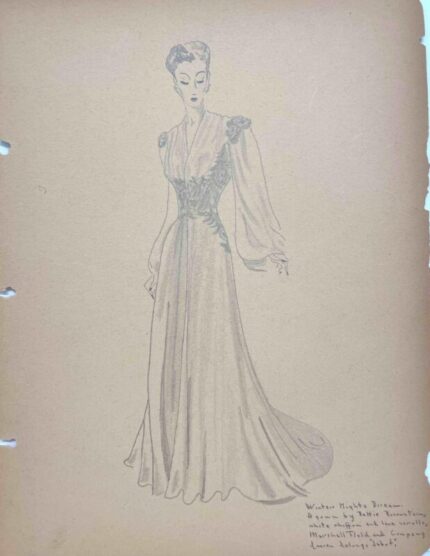



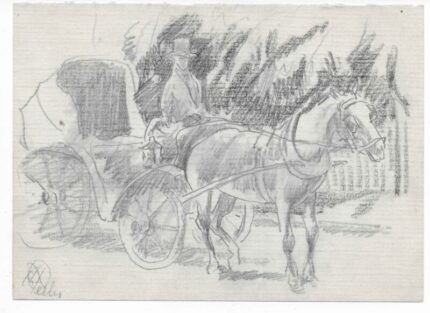

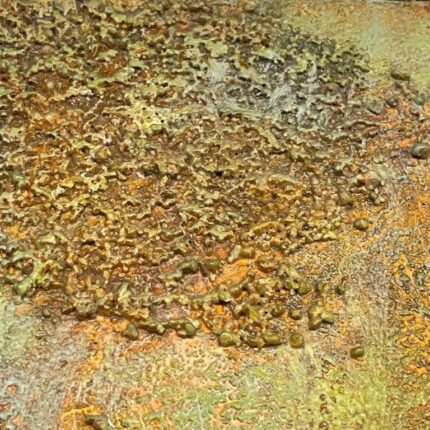

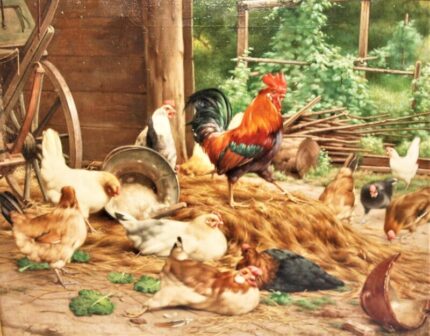

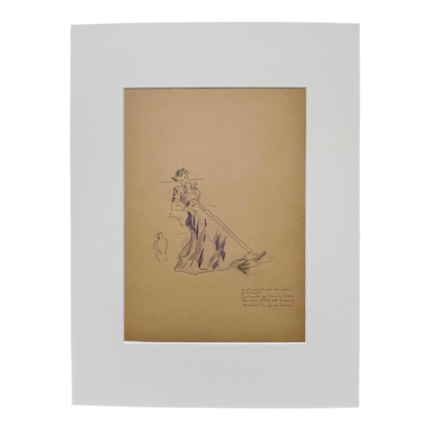

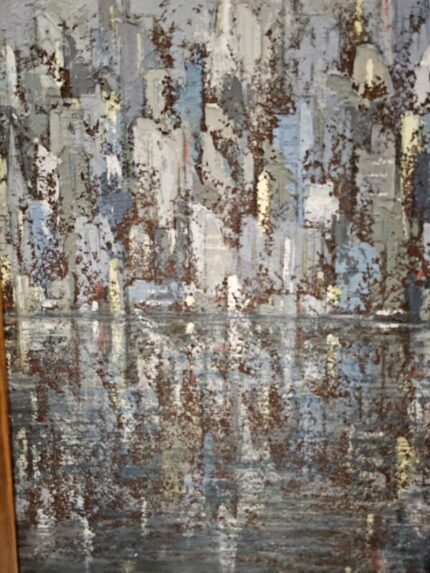


Reviews
There are no reviews yet.